꼬치구이 영어
꼬치구이는 한국 요리의 대표적인 형태 중 하나로, 고기와 야채 등을 나무꼬치에 꽂아 구워내는 방식의 요리입니다. 이 요리는 고기를 꼬치에 꽂아 구워내므로서 고기의 풍미와 영양을 최대한으로 살릴 수 있으며, 특히 바베큐나 야외 파티 등에서 자주 즐겨 먹는 음식입니다.
꼬치구이의 역사와 유래는 심오한 것은 아니지만, 한국인의 입맛에 맞는 바베큐 요리가 발전하여 만들어진 것으로 알려져 있습니다. 이러한 꼬치구이는 주로 가정에서 자연스럽게 시작되었으며, 후에 식당 및 음식점에서도 인기 있는 메뉴로 자리 잡았습니다.
꼬치구이의 재료는 주로 닭고기, 소고기, 돼지고기 등 다양한 육류가 사용되며, 야채나 버섯 등 다양한 부재료도 함께 사용됩니다. 이때 고기는 듬성듬성하게 꼬치에 꽂혀 구워지며, 야채나 버섯은 고기와 함께 꼬치에 꽂혀 맛을 더해줍니다. 마린에이드나 양념장에 절여서 맛을 내는 경우도 있습니다.
꼬치구이를 조리하는 방법은 다양한데, 일반적으로는 일반 그릴, 전기 그릴, 석쇠 위 등을 사용하여 구워냅니다. 전통적인 국내식 그릴로는 불판 위에 직접 올려 구워내는 것이 일반적이지만, 최근에는 가정에서도 간편하게 사용할 수 있는 전기 그릴이나 가스 그릴을 많이 사용하는 편입니다.
꼬치구이의 재료와 구워내는 방법은 지역에 따라 다양한데, 한국에서 가장 유명한 꼬치구이 종류로는 닭꼬치와 양꼬치가 있습니다. 닭꼬치는 주로 닭고기의 갈비나 가슴살을 사용하여 만들며, 고기에 양념을 묻혀 구워내어 부드럽고 맛있는 맛을 내는 것이 특징입니다. 양꼬치는 양고기를 사용하여 만들어지는데, 향신료를 이용한 양념을 발라서 구워내어 향긋하고 맛있는 요리가 됩니다.
꼬치구이를 서빙하는 방법은 간단하지만 중요한 부분입니다. 꼬치에 꽂혀있는 고기와 야채를 장식적으로 담아내서 그릇에 담아 제공하거나, 개별적인 꼬치 그릴을 이용해 손님들이 직접 구워먹을 수 있도록 하는 경우도 있습니다. 또한, 소스와 드레싱을 함께 제공하여 손님들이 자유롭게 맛을 조절할 수 있도록 하는 것이 좋습니다.
FAQs (자주 묻는 질문들)
Q: 꼬치구이란 무엇인가요?
A: 꼬치구이는 고기와 야채 등을 나무꼬치에 꽂아 구워내는 한국 요리입니다. 이는 고기의 영양과 풍미를 최대한으로 살리는 방식의 요리로, 주로 바베큐나 야외 파티 등에서 즐겨 먹습니다.
Q: 꼬치구이의 유래는 어떻게 되나요?
A: 꼬치구이의 유래는 정확히 알려진 것은 없지만, 한국인의 입맛에 맞는 바베큐 요리가 발전하여 만들어진 것으로 알려져 있습니다. 가정에서 자연스럽게 시작되었으며, 후에 식당이나 음식점에서도 인기 있는 메뉴로 자리 잡았습니다.
Q: 꼬치구이는 어떤 재료로 만들어지나요?
A: 꼬치구이의 주재료로는 닭고기, 소고기, 돼지고기가 주로 사용되며, 야채나 버섯 등 부재료도 함께 사용됩니다. 이때 고기는 꼬치에 꽂혀 구워지고, 야채나 버섯은 고기와 함께 꼬치에 꽂혀 맛을 더해줍니다.
Q: 꼬치구이를 어떻게 조리하나요?
A: 꼬치구이를 조리하는 방법은 다양한데, 주로 일반 그릴, 전기 그릴, 석쇠 위 등을 사용하여 구워냅니다. 전통적인 국내식 그릴을 사용하는 것이 일반적이지만, 최근에는 전기 그릴이나 가스 그릴도 많이 사용됩니다.
Q: 어떤 종류의 꼬치구이가 있나요?
A: 한국에서는 닭꼬치와 양꼬치가 가장 유명한 꼬치구이 종류입니다. 닭꼬치는 주로 닭고기의 갈비나 가슴살을 사용하여 만들며, 양꼬치는 양고기를 사용하여 만들어집니다.
Q: 꼬치구이를 영어로 어떻게 부르나요?
A: 꼬치구이를 영어로는 “Skewer”라고 합니다. 여기서 Skewer는 꼬치 혹은 꽂이로 해석될 수 있습니다.
Q: ‘닭꼬치’를 영어로 어떻게 말하나요?
A: ‘닭꼬치’를 영어로는 “Chicken Skewer”라고 합니다. Chicken은 닭이라는 뜻이고, Skewer는 꼬치라는 뜻입니다.
Q: ‘Skewer’라는 단어의 발음과 뜻은 무엇인가요?
A: ‘Skewer’는 “스츄어”라고 발음되며, 꼬치라는 뜻입니다. 이용자 맞춤형 발음을 위해서는 가이드를 검색해보시기 바랍니다.
Q: ‘양꼬치’를 영어로 어떻게 말하나요?
A: ‘양꼬치’를 영어로는 “Lamb Skewer”라고 합니다. Lamb는 양이라는 뜻이고, Skewer는 꼬치라는 뜻입니다.
Q: ‘꼬치’를 일본어로 어떻게 말하나요?
A: ‘꼬치’를 일본어로는 “串”라고 합니다. 이는 한자로 쓰여서 소리나고 뜻이 유사합니다.
Q: ‘Kebab’은 꼬치구이를 영어로 어떻게 부르나요?
A: ‘Kebab’은 꼬치구이를 영어로 나타내는 용어로 널리 사용됩니다. 이는 주로 중동이나 지중해 지역의 꼬치구이를 뜻하는데, 고기와 야채 등 다양한 재료가 꼬치에 꽂혀 구워지는 요리를 일반적으로 가리킵니다.
사용자가 검색한 키워드: 꼬치구이 영어 Skewer, 닭꼬치 영어, Skewer 발음, Skewer 뜻, 양꼬치 영어로, 꼬치 일본어, Kebab
Categories: Top 19 꼬치구이 영어
Parmesan-garlic skewers ( 치즈통마늘꼬치구이 )_Koreanfood recipe(영어자막)ENG ver.
여기에서 자세히 보기: experience-porthcawl.com
Skewer
Korean cuisine offers a wide array of vibrant and mouthwatering flavors that have gained popularity worldwide. One beloved aspect of Korean food is the tradition of skewers. Skewering meats and vegetables has been a longstanding practice in Korean cooking, adding unique flavors and textures to dishes. In this article, we will delve into the world of skewer in Korean cuisine, exploring its history, different variations, and how to make them. So, let’s embark on this delicious journey!
I. A Taste of History
Skewering food has a rich history in Korea, dating back centuries. The practice was initially born out of necessity, as skewers allowed for easy grilling over an open flame. The simplicity and practicality of skewers quickly caught on and became a staple in Korean culinary culture, eventually evolving into an art form.
II. Skewering Techniques
In Korean cuisine, skewers are known as ‘ggochi,’ which refers to both the skewer itself and the process of skewering. Korean skewers come in a variety of shapes and sizes, each lending a distinct touch to the dish. Common types of skewers include:
1. Satkut (갯가재 꼬치): These skewers feature succulent marinated crab meat skewered and grilled to perfection. Satkut is often served as a delicacy or a celebratory dish, known for its rich flavors and tender texture.
2. Saengtae (생태꼬치): Saengtae skewers are made from hake or codfish. The fish is thinly sliced, marinated, and then threaded onto skewers before grilling. This creates a delightful combination of smoky and savory flavors.
3. Ddak (닭꼬치): Ddak skewers are made from small pieces of marinated chicken, threaded onto wooden sticks and grilled to perfection. The chicken is often coated in a flavorful sauce, resulting in a juicy and aromatic delight.
4. Gochu (고추꼬치): These spicy skewers feature skewered chili peppers, which are a staple in Korean cuisine. The peppers are grilled to intensify their flavors, offering a fiery and tangy taste that perfectly complements other dishes.
III. Skewer Accompaniments
In Korean cuisine, skewers are often served alongside various side dishes or used as a component in other dishes. Some popular accompaniments include:
1. Dipping sauces: Korean skewers are often enjoyed with a range of tangy, savory, and spicy dipping sauces. These sauces add an extra burst of flavor to the skewer, enhancing the overall taste experience.
2. Banchan (반찬): Banchan refers to a variety of small side dishes often served with the main meal. Skewers can serve as an excellent banchan option, offering a convenient way to enjoy bite-sized portions of grilled meats or vegetables.
IV. Tips for Making the Perfect Korean Skewers
To create delicious Korean skewers at home, here are a few tips to keep in mind:
1. Marinating for flavor: Marinating the skewer ingredients is crucial to infuse them with the right balance of flavors. Korean marinades typically consist of soy sauce, garlic, ginger, pepper, and other various seasonings, imparting a delightful umami taste to the skewers.
2. Choosing the right ingredients: Opt for fresh, high-quality ingredients to create the best skewers. For meat skewers, choose tender cuts like chicken thighs or beef sirloin. When it comes to vegetables, select colorful and firm varieties that grill well, such as bell peppers, mushrooms, and onions.
3. Grilling techniques: Preheat the grill to medium heat before placing the skewers to ensure even cooking. It’s essential to rotate the skewers regularly to prevent burning and even out the charring. Pay close attention to cooking times to avoid overcooking or undercooking the ingredients.
FAQs:
Q1. Can I use different meats in Korean skewers?
Absolutely! Korean skewers offer endless possibilities, and you can experiment with various meats like pork, beef, and even seafood to create unique flavor combinations.
Q2. Are there any vegetarian options for Korean skewers?
Yes! While traditional Korean skewers predominantly feature meat, you can easily adapt the concept to create delicious vegetarian skewers. Consider grilling tofu, tempeh, or even marinated vegetables like zucchini, eggplant, and cherry tomatoes for a delightful vegetarian alternative.
Q3. Can I grill Korean skewers indoors?
Yes, indoor grilling options like a stovetop grill pan or an electric grill can be used to prepare Korean skewers if you don’t have access to an outdoor grill. Ensure proper ventilation when cooking indoors and follow the cooking times to avoid any mishaps.
Q4. How can I incorporate Korean skewers into a full meal?
Korean skewers can be enjoyed as standalone appetizers or incorporated into a complete meal. Pair them with steamed rice, kimchi, and a variety of banchan to create a Korean-style feast.
In conclusion, skewers in Korean cuisine offer a delicious and versatile way to enjoy a variety of flavors. From marinated meats and seafood to fiery peppers, there is something for everyone’s palate. Whether you want to explore traditional recipes or experiment with your own, Korean skewers are sure to enhance your dining experience and introduce you to the rich culinary heritage of Korea. So, fire up the grill and embark on this flavorful journey today!
닭꼬치 영어
한국은 세계적으로 유명한 다양한 음식을 보유한 나라로 알려져 있습니다. 닭꼬치는 그중에서도 매콤하고 맛있는 음식 중 하나로 한국인들과 외국인들에게 인기가 많습니다. 닭꼬치는 영어로 “Korean chicken skewers”라고도 불리며, 한국문화와 맛을 전 세계로 알리는 데 큰 역할을 하고 있습니다. 이 글에서는 닭꼬치 영어에 대해 깊이있게 알아보고자 합니다.
닭꼬치는 주로 닭고기를 사용하여 만들며, 한입 크기로 잘라서 나무 꼬치에 꿰어 구워낸 음식입니다. 양념은 간단하지만 깊고 진한 맛을 제공하기 위해 고추장, 간장, 설탕, 마늘, 생강 등을 사용합니다. 또한, 체리토마토, 양파, 피망 등과 함께 꼬치에 꿴 수도 있으며, 이는 고객의 개인 취향에 따라 다양하게 변형될 수 있습니다.
닭꼬치는 한국의 밤거리에서 주로 판매되며, 골목길에서 튀어나오는 유혹적인 향기가 사람들의 입맛을 자극합니다. 현지인들과 외국인들 모두가 닭꼬치를 즐길 수 있으며, 저렴한 가격과 맛있는 음식을 즐길 수 있는 이 곳은 소셜 다이닝의 대표적인 예입니다. 또한, 한국에서만 먹을 수 있는 닭꼬치는 외국인들의 관광 일정에도 항상 포함되어 있습니다.
닭꼬치를 외국인들에게 소개할 때, 영어로 어떻게 설명해야 할까요? 이를 대비해 여러분을 위해 몇 가지 도움이 될 영어 표현들을 소개하겠습니다:
1. “Korean chicken skewers”: 닭꼬치의 가장 일반적인 영어 이름입니다. 여기에는 주로 닭고기만 사용되지만, 야채를 추가로 꼬치에 꿸 수도 있습니다.
2. “Spicy and savory chicken skewers”: 닭꼬치에는 다양한 양념이 들어가며, 고추장을 사용하여 매운 맛을 내기도 합니다. 따라서 “spicy”(매운)과 “savory”(짭짤한)이라는 표현을 사용하면 맛을 잘 전달할 수 있습니다.
3. “Popular street food in Korea”: 닭꼬치는 한국의 대표적인 패스트 푸드 중 하나입니다. 이를 소개할 때 “popular”(인기 있는)과 “street food”(거리 음식)이라는 표현을 사용하면 좋습니다.
4. “A must-try dish in Korea”: 닭꼬치는 한국를 방문한 여행자들에게 꼭 추천하는 음식 중 하나입니다. 이를 설명할 때 “must-try”(꼭 시도해야 하는)라는 표현을 사용하면 독자들의 호기심을 유발할 수 있습니다.
5. “Delicious chicken skewers with a variety of flavors”: 닭꼬치는 다양한 맛을 제공합니다. 이를 표현할 때 “delicious”(맛있는)과 “variety of flavors”(다양한 맛)이라는 표현을 사용하여 다양성을 강조할 수 있습니다.
FAQs
Q: 닭꼬치 영어를 표현할 때 주의해야 할 점은 무엇인가요?
A: 닭꼬치를 영어로 설명할 때, 주의해야 할 점은 어떤 재료가 들어있는지 명확하게 전달하는 것입니다. 일반적으로, 닭꼬치는 닭고기를 사용하지만 야채를 추가로 꼬치에 꿸 수도 있으므로 이를 명시하는 것이 중요합니다.
Q: 외국인들은 한국의 닭꼬치를 좋아할까요?
A: 네, 외국인들은 한국의 닭꼬치를 맛있게 느끼는 경우가 많습니다. 닭꼬치는 특유의 향과 양념으로 인해 외국인들의 입맛을 사로잡는 매력적인 음식입니다. 따라서 한국을 방문한 외국인들이 소셜 다이닝 체험의 일환으로 닭꼬치를 시도하는 경우가 많습니다.
Q: 닭꼬치 영어를 소개할 때 가장 좋은 표현은 무엇인가요?
A: “Korean chicken skewers”는 닭꼬치를 가장 일반적으로 표현하는 방법입니다. 닭꼬치를 설명할 때, 한국의 대표적인 패스트 푸드 중 하나라고 언급한다면 관심을 유발할 수 있습니다. 또한, 닭꼬치의 다양한 맛과 매운 맛을 강조하는 표현을 사용하면 좋습니다.
Skewer 발음
Pronunciation can often be a stumbling block for language learners, and Korean is no exception. With its unique phonetic system and distinct sounds, mastering the art of pronunciation in Korean can be both challenging and rewarding. One particular aspect of Korean pronunciation that learners often find perplexing is the “skewer 발음” (skewer pronunciation), referred to as such due to the way the sounds are formed in the mouth. In this article, we will delve into the intricacies of skewer 발음, explore its relevance in the Korean language, and provide essential tips for learners to improve their pronunciation skills.
Understanding Skewer 발음
Skewer 발음 is a term used in Korean to describe the pronunciation of certain consonant clusters that involve the sound “ㅅ” (s) followed by another consonant. It is called “skewer” due to the way the sounds are imagined to be threaded onto a skewer, resulting in a distinct and connected pronunciation. In terms of linguistic terminology, the phenomenon of skewer 발음 falls under the category of consonant assimilation, where the initial consonant of the second syllable undergoes a sound change to match the characteristics of the preceding consonant.
For example, the word “비싸다” (expensive) would be pronounced as “비싸따” in skewer 발음. In this case, the “ㅅ” sound of the first syllable permeates the second syllable, causing the “ㄷ” (d) sound to become a double “ㄷ” (dd) sound. This assimilation process emphasizes the connected nature of the Korean language and helps maintain a smooth and natural flow of speech.
Relevance of Skewer 발음 in Korean
Skewer 발음 is an essential aspect of Korean pronunciation, especially when it comes to everyday conversations. Failure to use skewer 발음 correctly can lead to misunderstandings and make one’s accent sound unnatural. Korean speakers’ ears are trained to anticipate and hear certain sounds formed by skewer 발음, so mastering it is crucial for effective communication.
Moreover, the correct pronunciation of skewer 발음 significantly impacts one’s ability to understand and be understood by native Korean speakers. It enhances the overall intelligibility of speech and showcases a commitment to language acquisition. Skewer 발음 is encountered in everyday words and phrases, making it an indispensable skill for any learner striving for fluency in the Korean language.
Tips for Mastering Skewer 발음
Now that we understand the importance of skewer 발음 in Korean pronunciation, let’s explore some tips and techniques to help learners improve their pronunciation skills:
1. Listen and mimic: Actively listen to native speakers and imitate their pronunciation. Pay close attention to how they form sounds using skewer 발음, and try to replicate them as closely as possible.
2. Practice tongue placement: Pay attention to the position of your tongue when pronouncing skewer 발음. For example, when pronouncing “비싸다,” ensure that your tongue stays in contact with the roof of your mouth as you transition from the “ㅅ” to the “ㄷ” sound.
3. Divide and conquer: When encountering a word with skewer 발음, break it down into individual syllables and focus on mastering each part separately before connecting them smoothly.
4. Seek professional guidance: Enlist the help of a Korean language tutor or take pronunciation classes to receive expert guidance. They can provide personalized feedback, correct your pronunciation, and guide you on perfecting skewer 발음.
5. Use online resources: There are various online resources, such as language-learning websites and apps, that offer interactive exercises and pronunciation guides. Utilize these tools to practice skewer 발음 at your convenience.
FAQs
Q: Are there any other similar pronunciation patterns in Korean?
A: Yes, apart from skewer 발음, Korean also has cluster consonant pronunciation patterns such as “발음 납작” (flat pronunciation). It involves pronouncing certain sounds in a flattened manner, which is notably different from skewer 발음.
Q: Are there any exceptions or irregularities in skewer 발음?
A: Yes, some words may not follow the usual skewer 발음 pattern due to historical reasons or regional dialects. However, these exceptions are relatively rare, and learners generally encounter skewer 발음 more frequently in their Korean language journey.
Q: How long does it take to master skewer 발음?
A: The learning curve for mastering skewer 발음 differs for each individual. Regular practice, exposure to native speakers, and self-evaluation are key in achieving proficiency. With consistent effort, one can expect significant improvement within a few months.
Q: Is skewer 발음 exclusive to Korean?
A: No, skewer 발음 is encountered in various languages around the world, such as Icelandic and Czech. Each language has its own unique pronunciation patterns, so learning skewer 발음 in Korean may also assist in understanding similar phenomena in other languages.
In conclusion, mastering skewer 발음 is an integral part of achieving accurate and natural Korean pronunciation. By familiarizing oneself with this distinctive aspect of Korean phonetics, actively practicing, and seeking assistance when needed, learners can make great strides towards fluency. So grab your imaginary skewer and embark on your journey to perfecting the art of Korean pronunciation – one sound at a time!
주제와 관련된 이미지 꼬치구이 영어

꼬치구이 영어 주제와 관련된 이미지 14개를 찾았습니다.



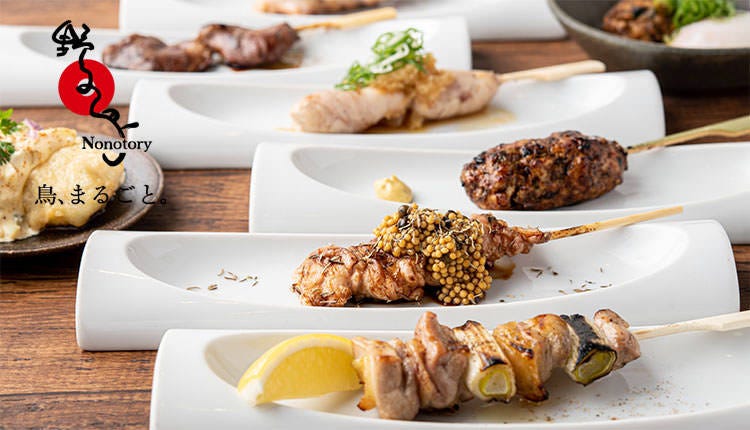
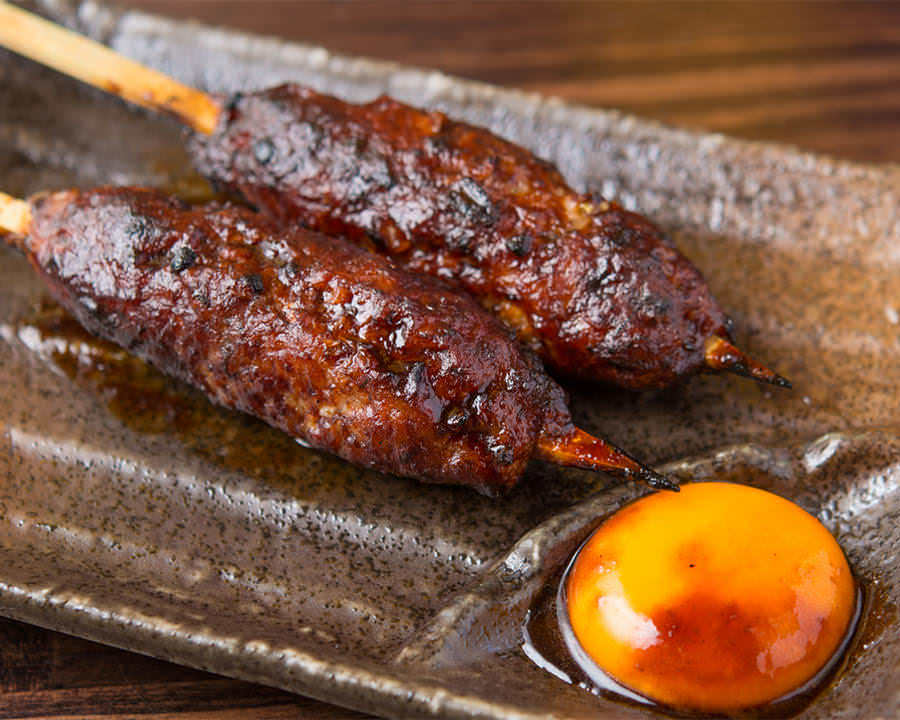

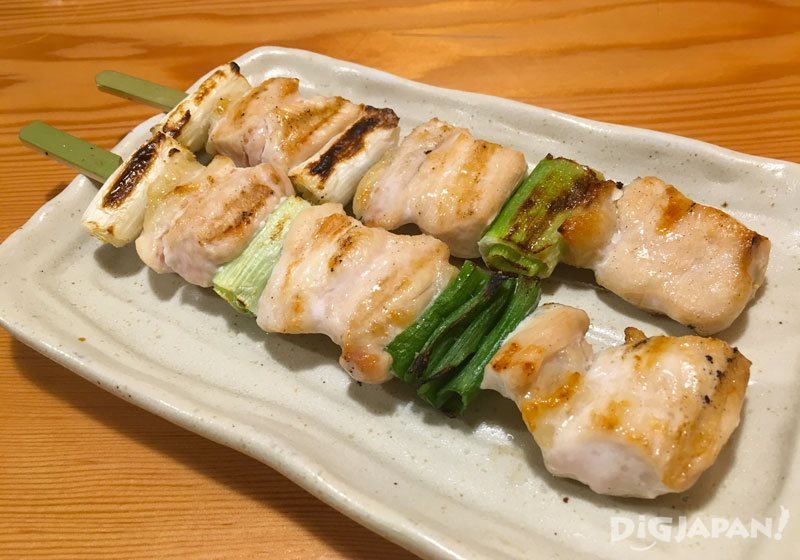
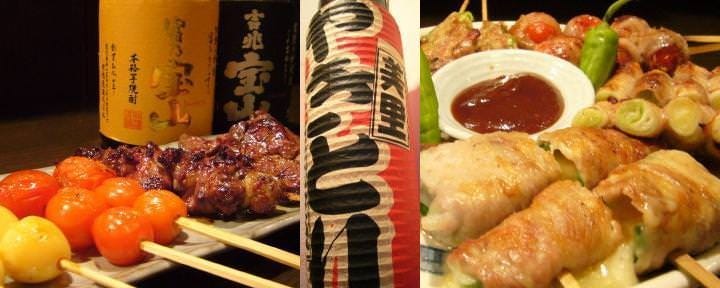
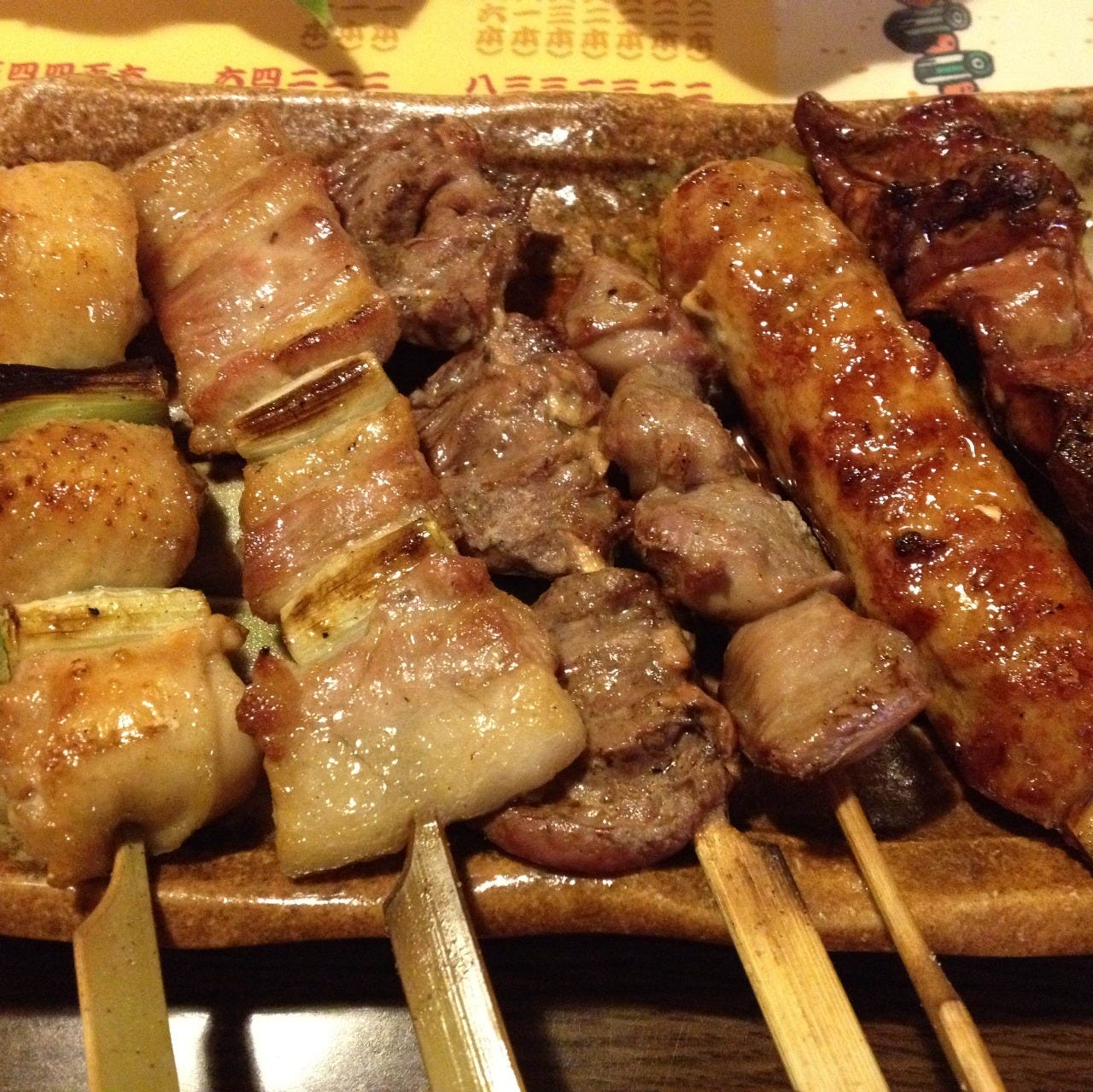
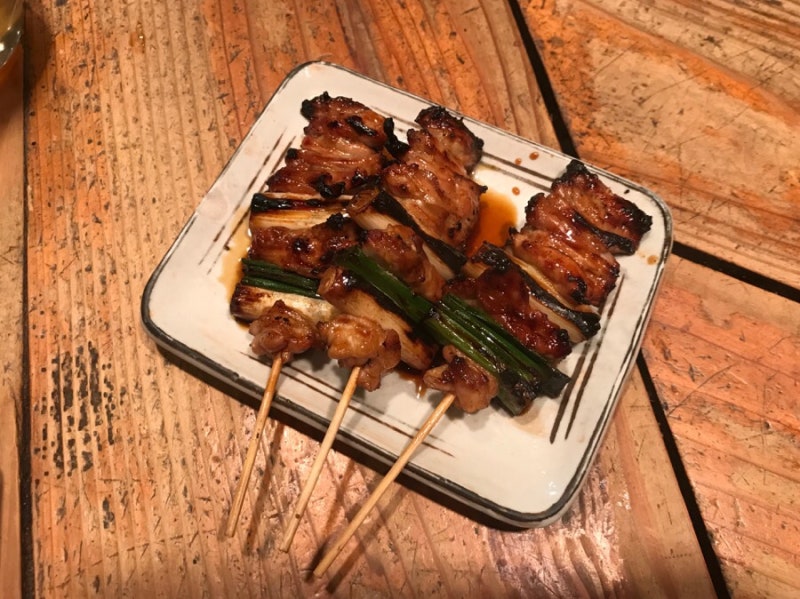
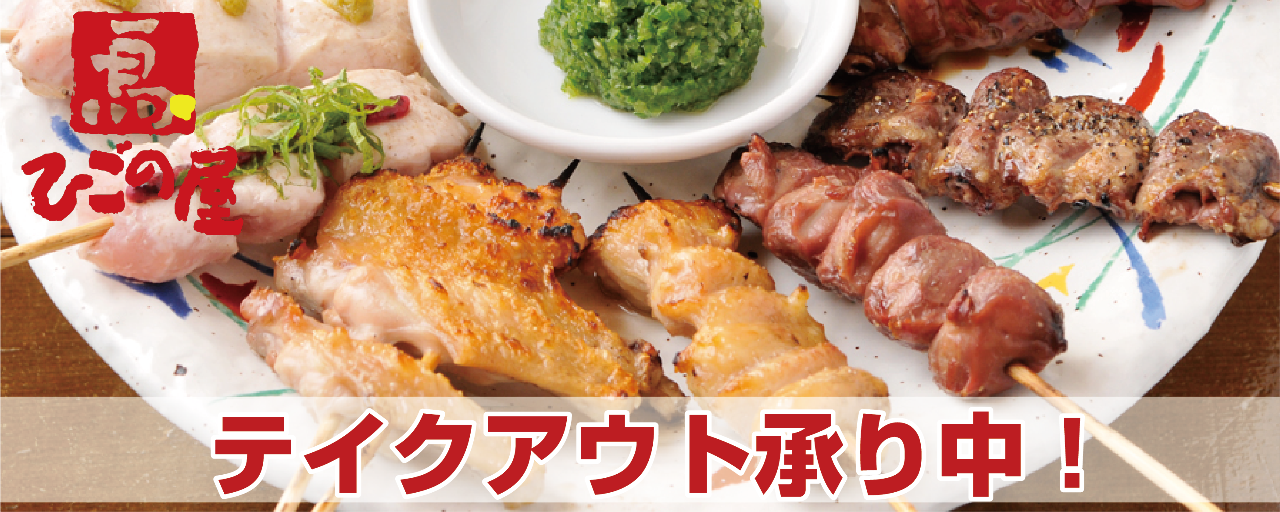

![17년1월] 꼬치구이 다이후쿠, 캐널시티 야타이 17년1월] 꼬치구이 다이후쿠, 캐널시티 야타이](https://t1.daumcdn.net/cfile/tistory/212E57475873B2642D)





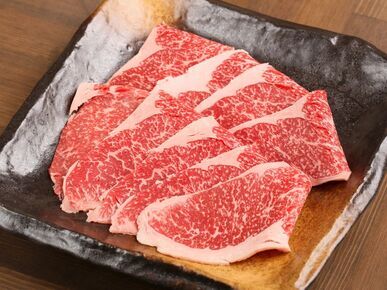
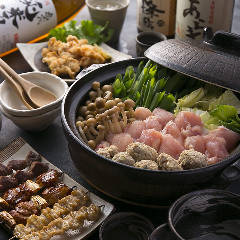
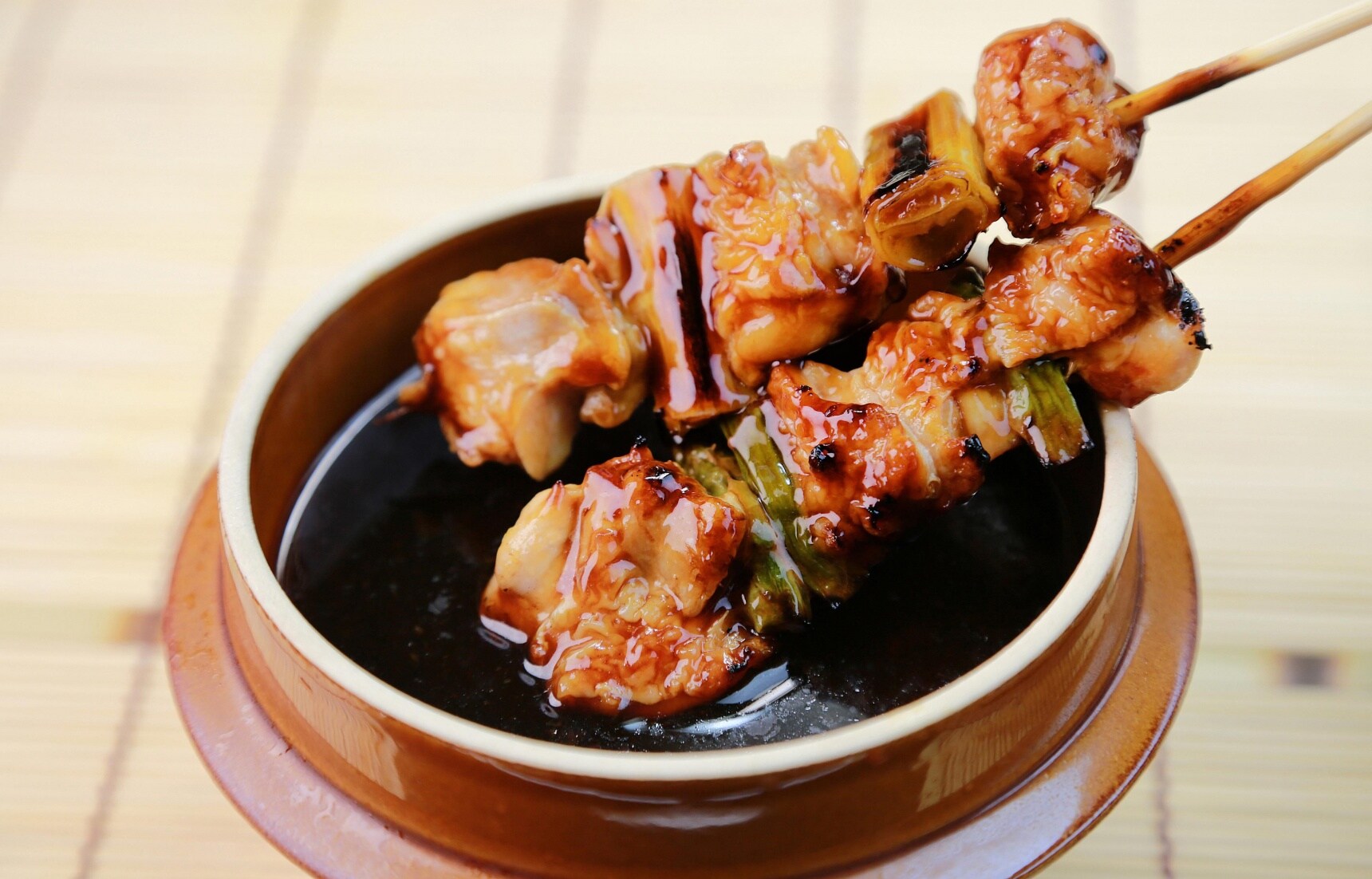


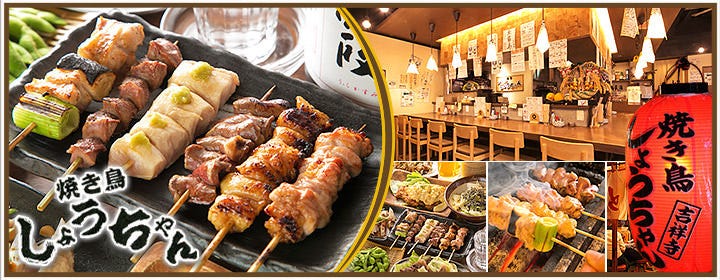

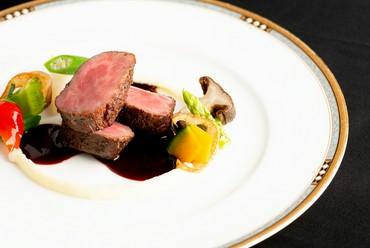
Article link: 꼬치구이 영어.
주제에 대해 자세히 알아보기 꼬치구이 영어.
- 꼬치 – 나무위키
- [영어 표현] 꼬치를 영어로? – 네이버 블로그
- 꼬치 구이와 (kkochi gu-iwa) 영어 뜻 – 영어 번역 – Tr-ex
- 닭꼬치는 영어로 무엇입니까? – 스마트 윤선생
- 꼬치구이 – 한식메뉴사전 – 램프쿡
- 꼬치 영어로
- 사진 연상 영어 공부 19회 – 꼬챙이에 꿰다, 꼬치구이, 숯불닭 …
- 꼬치구이 영어로 – 시보드
- “꼬치구이”을 영어로 번역 – Glosbe 다국어 사전
- Meaning of 꼬치구이의 in Korean english dictionary
더보기: experience-porthcawl.com/blog
